Colombian boys and girls in the US. Agency, identities and cultural changes around food
DOI:
https://doi.org/10.22380/2539472X.1059Keywords:
Migration, anthropology of children, food, creolizationAbstract
Based on a participatory ethnographic study, conducted between 2003 and 2004 in Tampa, Florida, with Colombian boys and girls ages 7 to 12 years old, this article explores the relationship among migration, childhood, agency, food and culture. The main idea is that children are agents and actors building identities that are expressed in their food practices and preferences. Like in a creolization phenomenon, immigrants mix cultural elements from their original region in Colombia with those encountered in the US context, producing new and different cultural meanings and symbols. I highlight the importance of developing anthropological studies that enable us to recognize the subtleties of the experiences of the immigrants, as well as recognize and value children as agents building cultures and identities
Downloads
References
Battaglia, Debbora. 2000. “Toward an ethics of the open subject: Writing culture in good conscience”. En H. L. Moore (ed.). Anthropological theory today. Blackwell Publishers. Malden.
Berry, John W. 2002. “Conceptual approaches to acculturation”. En K. M. Chun, P. B. Organista y G. Marín (eds.). Acculturation. Advances in theory, measurement and applied research. American Psychological Association. Washington.
Birch, Leann L. y Jennifer A. Fisher. 1996. “The role of experience in the development of children’s eating behavior”. En E. D. Capaldi (ed.). Why we eat what we eat: The psychology of eating. American Psychological Association. Washington.
Bisogni, Carole A. et al. 2002. “Who we are and how we eat: A qualitative study of identities in food choice”. Journal of Nutritional Education Behavior. 34. DOI: https://doi.org/10.1016/S1499-4046(06)60082-1
Brettell, Caroline B. 2000. “Theorizing migration in anthropology”. En C. B. Brettell y J. F. Hollifield (eds.). Migration theory. Routledge. Nueva York.
––. 2003. Anthropology and migration. Essays on transnationalism, ethnicity, and identity. Altamira Press. Walnut Creek.
Brown, Peter J. y Melvin Konner. 2000. “An anthropological perspective on obesity”. En A. H. Goodman, D. L. Dufour y G. H. Pelto (eds.). Nutritional anthropology: Biocultural perspectives on food and nutrition. Mayfield Pub. Co. Mountain View.
Camarota, Steven A. y Nora McArdle. 2003. Where immigrants live. An examination of state residency of the foreign born by country of origin in 1990 and 2000. Center for Immigration Studies. Washington.
Counihan, Carole. 1999. The anthropology of food and body. Gender, meaning, and power. Routledge. Nueva York.
Crawford, Patricia B. et al. 2001. “Ethnic issues in the epidemiology of childhood obesity”. The Pediatric Clinics of North America. 48 (4). DOI: https://doi.org/10.1016/S0031-3955(05)70345-X
Creswell, John W. 1998. Qualitative inquiry and research design: Choosing among five traditions. Sage Publications. Thousand Oaks.
Dane. 2006. “La migración según el censo”. Censo 2005. Seminario migración internacional colombiana y formación de comunidades transnacionales. Bogotá, 2006. Dane, Ministerio de Relaciones Exteriores.
Duque Páramo, Maria Claudia. 2004. “Colombian immigrant children in the United States: Representations of food and the process of creolization”. Disertación. University of South Florida.
Eaton, S. Boyd yMelvin Konner. 2000. “Paleolithic nutrition: A consideration of its nature and current implications”. En A. H. Goodman, D. L. Dufour y G. H. Pelto (eds.). Nutritional anthropology. Biocultural perspectives on food and nutrition. Mayfield Publishing Company. Mountain View.
Erickson, Paul A. y Liam D. Murphy. 1998. A history of anthropological theory. Broadview Press. Peterborough, Ontario.
Fernandez-Kelly, M. Patricia y Richard Schauffler. 1994. “Divided fates: Immigrant children in a restructured US economy”. International Migration Review. 28 (4). DOI: https://doi.org/10.2307/2547153
Fitzgerald, Thomas K. 1978. “Migration and reciprocal changes in diet”. South Pacific Bulletin. 28 (3).
Fitzgibbon, Marian L. et al. 2002. “A community-based obesity prevention program for minority children: Rationale and study design for hip-hop to health Jr”. Preventive Medicine. 34 (2). DOI: https://doi.org/10.1006/pmed.2001.0977
Foner, Nancy. 1997. “The immigrant family: Cultural legacies and cultural changes”. International Migration Review. 31 (4). DOI: https://doi.org/10.2307/2547420
––. 2003. American arrivals: Anthropology engages the new immigration. School of American Research Press/James Currey. Santa Fe-Oxford.
Friedl, Erika. 2002. “Why are children missing from textbooks?”. Anthropology News. 43 (5). DOI: https://doi.org/10.1111/an.2002.43.5.19.1
Gladwell, Malcolm. 2000. “The Pima paradox”. En A. H. Goodman, D. L. Dufour y G. H. Pelto (eds.). Nutritional anthropology: Biocultural perspectives on food and nutrition. Mayfield Pub. Co. Mountain View.
Glanz, Karen et al. 1998. “Why Americans eat what they do: Taste, nutrition, cost, convenience, and weight concerns as influences of food consumption”. Journal of The American Dietetic Association. 98 (10). DOI: https://doi.org/10.1016/S0002-8223(98)00260-0
Gordon, Milton M. 1964. Assimilation in American life. Oxford University Press. Nueva York.
Gottlieb, Alma. 2000. “Where have all the babies gone? Toward an anthropology of infants (and their caretakers)”. Anthropological Quarterly. 73 (3). DOI: https://doi.org/10.1353/anq.2000.0006
––. 2002. “New developments in the anthropology of childcare”. Anthropology News. 43 (7).
Gutiérrez de Pineda, Virginia. 1968/2000. Familia y cultura en Colombia. Editorial Universidad de Antioquia. Medellín.
Harbottle, Lynn. 2000. Food for health, food for wealth. The performance of ethnic and gender identities by Iranian settlers in Britain. Berghahn Books. Nueva York.
Hardman, Charlotte. 2001. “Can there be an anthropology of children?”. Childhood. 8 (4). DOI: https://doi.org/10.1177/0907568201008004006
Hernandez, Donald J. y Evan Charney. 1998. From generation to generation: The health and well-being of children in immigrant families. National Academy Press. Washington.
Hill, James O. y Frederick L. Trowbridge. 1998. “Childhood obesity: Future Directions and research priorities”. Pediatrics. 101 (3). DOI: https://doi.org/10.1542/peds.101.3.570
Himmelgreen, David A. 2002. “‘You are what you eat and you eat what you are’. The role of nutritional anthropology in public health nutrition and nutrition education”. Nutritional Anthropology. 25 (1). DOI: https://doi.org/10.1525/nua.2002.25.1.2
Hirschfeld, Lawrence A. 2002. “Why don’t anthropologists like children?”. American Anthropologist. 104 (2). DOI: https://doi.org/10.1525/aa.2002.104.2.611
James, Allison. 1994. “Cuisiner les livres. Identités globales ou locales dans les cultures alimentaires?”. Anthropologie et Sociétés. 18 (3). DOI: https://doi.org/10.7202/015327ar
Jerome, Norge W. 1980. “Diet and acculturation”. En N. W. Jerome, R. F. Kandel y G. H. Pelto (eds.). Nutritional anthropology: Contemporary approaches to diet & culture. Redgrave. Pleasantville.
Knauft, Bruce M. 1996. “Practices”. B. M. Knauft (ed.). Genealogies for the present in cultural anthropology: A critical humanist perspective. Routledge. Nueva York.
Korbin, Jill E. y Pamela Zahorik. 1985. “Childhood, health and illness: Beliefs and behaviors of urban American schoolchildren”. Medical Anthropology. 9 (4). DOI: https://doi.org/10.1080/01459740.1985.9965942
Kottak, Conrad Phillip. 2002. Anthropology: The exploration of human diversity. McGraw-Hill. Boston.
Lupton, Deborah. 1996. Food, the body and the self. Sage. Thousand Oaks.
Morland, Kimberly et al. 2002. “Neighborhood characteristics associated with the location of food stores and food service places”. American Journal of Preventive Medicine. 22 (1). DOI: https://doi.org/10.1016/S0749-3797(01)00403-2
Musolf, Gil Richard. 2003. “The Chicago School”. En L. T. Reynolds y N. J. Herman-Kinney (eds.). Handbook of symbolic interactionism. AltaMira Press. Walnut Creek.
Nestle, M. y M. Jacobson. 2000. “Obesity. Halting the obesity epidemic: A public health policy approach”. Public Health Reports. 115 (1). DOI: https://doi.org/10.1093/phr/115.1.12
Oróstegui A., Myriam et al. 1990. “Situación de salud”. En F. J. Yepes (ed.). La salud en Colombia. Ministerio de Salud. Departamento Nacional de Planeación. Bogotá.
Parraga, Isabel. 1990. “Determinants of food consumption”. Journal of The American Dietetic Association. 90 (5).
Pelto, Gretel H. 2000. “Continuities and new challenges in applied nutritional anthropology”. Nutritional Anthropology. 23 (2). DOI: https://doi.org/10.1525/nua.2000.23.2.16
Pelto, Gretel H., Alan H. Goodman y Darna L. Dufour. 2000. “The biocultural perspective in nutritional anthropology”. En A. H. Goodman, D. L. Dufour y G. H. Pelto (eds.). Nutritional anthropology. Biocultural perspectives on food and nutrition. Mayfield Publishing Company. Mountain View.
Pelto, Gretel H. y Pertti J. Pelto. 2000. “Diet and delocalization: Dietary changes since 1750”. En A. H. Goodman, D. L. Dufour y G. H. Pelto (eds.). Nutritional anthropology. Biocultural perspectives on food and nutrition. Mayfield Publishing Company. Mountain View.
Portes, Alejandro. 1994. “Introduction: Immigration and its aftermath”. International Migration Review. 28 (4). DOI: https://doi.org/10.2307/2547151
Redfield, Robert, Ralph Linton y Melville J. Herskovits. 1936. “Memorandum for the study of acculturation”. American Anthropologist. 38 (1). DOI: https://doi.org/10.1525/aa.1936.38.1.02a00330
Ritenbaugh, Cheryl. 1991. “Body size and shape: A dialogue of culture and biology”. Medical Anthropology. 13. DOI: https://doi.org/10.1080/01459740.1991.9966047
Romero, María Eugenia. 1992. “Traditional recipes of migrants from Boyacá to Bogotá, Colombia”. Ecology of Food and Nutrition. 27. DOI: https://doi.org/10.1080/03670244.1992.9991243
Rumbaut, Rubén G. 1994. “The crucible within: Ethnic identity, selfesteem, and segmented assimilation among children of immigrants”. The International Migration Review. 28 (108). DOI: https://doi.org/10.2307/2547157
––. 1997. “Assimilation and its discontents: Between rethoric and reality”. International Migration Review. 31 (4).
Rumbaut, Rubén G. y Alejandro Portes. 2001. Ethnicities. Children of immigrants in America. University of California Press. Berkeley
Salzman, Philip Carl. 2001. “Agency in human action: Social processess and transactions”. En P. C. Salzman (ed.). Understanding culture. An introduction to anthropological theory. Waveland Press. Prospect Heights.
Sandstrom, Kent L. y Gary Alan Fine. 2003. “Triumphs, emerging voices and the future”. En L. T. Reynolds y N. J. Herman-Kinney (eds.). Handbook of symbolic interactionism. AltaMira Press. Walnut Creek.
Suárez-Orozco, Carola y Marcelo M. Suárez-Orozco. 2001. Children of immigration. Harvard University Press. Cambridge.
Toren, Christina. 1993. “Making history: The significance of childhood cognition for a comparative anthropology of mind”. Man. New Series. 28 (3). DOI: https://doi.org/10.2307/2804235
Toren, Christina. 2001. “The child in mind”. En H. Whitehouse (ed.). The debated mind. Evolutionary psychology versus ethnography. Berg. Nueva York.
––. 2002. “Anthropology as the whole science of what it is to be human”. En R. G. Fox y B. J. King (eds.). Anthropology beyond culture. Berg. Nueva York.
Trimble, Joseph E. 2002. “Social change and acculturation”. En K. M. Chun, P. B. Organista y G. Marín (eds.). Acculturation. Advances in theory, measurement and applied research. American Psychological Association. Washington.
Witcher, Bethann, Kathryn M. Kolasa y Jenny T. Bond. 1988. “Influence of rural-urban migration on adult women’s food patterns and adequacy of their children’s diet, in Ecuador”. Ecology of Food and Nutrition. 21. DOI: https://doi.org/10.1080/03670244.1988.9991032
Zhou, Min. 1997. “Segmented assimilation: Issues, controversies, and recent research on the new second generation”. The International Migration Review. 31 (4). DOI: https://doi.org/10.2307/2547421




















